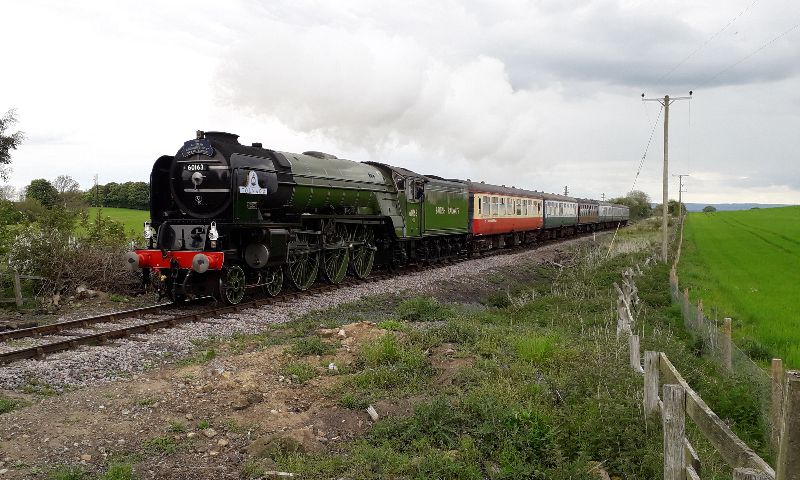How To Get Your Customers Drunk and Take Them for a Ride
Gin is a distilled alcoholic drink typically made from barley and juniper berries. In the late 1600s, it was popular throughout much of Europe, but not uniquely so; brandy and other types of booze were also very common. But before the century was out, gin became the drink of choice in England and, in particular, London. A confluence of events caused this. First, in 1688, France and England found themselves on opposite sides of the Nine Years’ War, and in an effort to decrease French influence in England, the English government restricted the import of French brandy. Two years later, the English government broke up the monopoly of gin distillers in London.
Combined, the demand for locally-distilled booze spiked, as did the number of people who could make it. The first half of the 18th century in England is known as the “Gin Craze,” and not in a good way; crime spiked and authorities blamed the booze. Parliament passed five major laws in hopes of stemming the production and consumption of the liquor, each time ratcheting up the requirements to produce and sell gin. Ultimately, under the Gin Act 1751, Parliament made it illegal for most people to sell gin. Small distillers and retailers were run out of business and effectively banned, as under the Act, merchants needed a license to do sell gin, and those licenses were expensive and hard to come by.
Despite the regulations, gin has been a popular drink in England ever since, and even though the Gin Act 1751 itself was effectively repealed in the 1960s, subsequent regulations have kept alive the licensing scheme. In order to sell gin in England, you’ll need to apply for a license from the relevant authorities. You’ll likely get that license, but it may take some time. And in December 2018, that created for a problem for a small upstart distillery in the dales of North Yorkshire.
Earlier that year, a Yorkshire Dales hotelier named Chris Taplin had the idea to create a local line of gins, with ingredients sourced from his own region of the country. Taplin had run gin tastings at his hotel for his visitors and guests, partnering with a young distiller named Barry Mageean. The two of them got to talking and believed there was an opportunity to create high-quality gins featuring locally-sourced ingredients, and together, Taplin formed the Taplin & Mageean Spirit Company. And then they started making gin.
The company was ready to launch in December of 2018 with a gin tasting masterclass; customers were invited to come to the distillery to sample some of the very first bottles of Taplin & Mageean gins. The tickets were sold, the guests were on their way, and the gin was ready — but the license to sell and serve the gin hadn’t arrived yet. Taplin panicked — but saw something in the regulations that gave him a solution, seen below.

That’s a picture of the Tornado, a steam engine train that operates on something called a “heritage line” in Yorkshire. The Tornado doesn’t run regularly and isn’t a commuter rail; it’s a train that would normally no longer be in use, but in an effort to preserve railway history, is available for scenic trips through the countryside for tourists and the like. And that gave Taplin the solution he needed. As he told the Gin Guide, “we spotted a loophole in the licensing laws which permitted gin to be served without a license on a moving train or an airplane.” And as luck would have it, the distillery was located right next to a railway station — one that was only used in winters for heritage line trips on the Tornado.
So, Taplin & Mageean booked the Tornado for their gin masterclass. On December 7th, the founders, their employees, and their guests took a two-and-a-half-hour train tour over the historic railway, with their guests sampling gins the entire time.
The license arrived less than a week later. And while the original train ride was a stunt necessary to not disappoint the upstart’s first customers, it proved to be not just creative, but also popular. Taplin & Mageean has their license now and doesn’t need to serve you their gin on a moving train, but they continue to do so. On occasion, they continue to offer distillery tours with a heritage line ride as part of the experience.
Bonus fact: Gin plays a silent role in a notable family movie. In 1992, Disney released “The Mighty Ducks,” in which the lead character, an attorney, “is arrested for drunk driving and sentenced to community service by coaching the local ‘District 5’ Pee-Wee hockey team,” as summarized by Wikipedia. That character, played by Emilio Estevez, has a drinking problem that starts with his name. He’s “Gordon Bombay” — both his first name and last name are a reference to well-known brands of gin.
From the Archives: Gin and Malaria: How gin was used to help fight off the disease.
